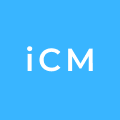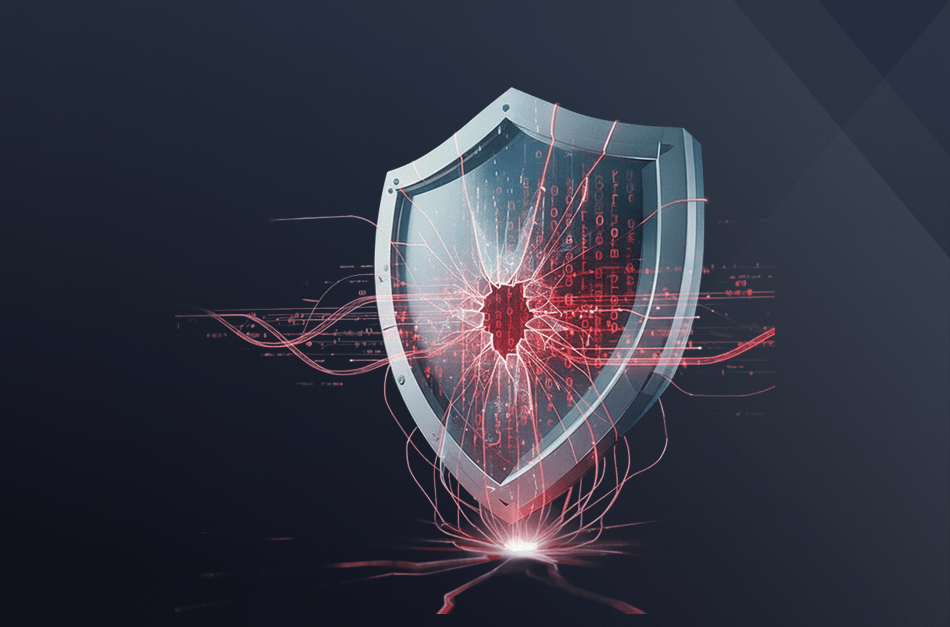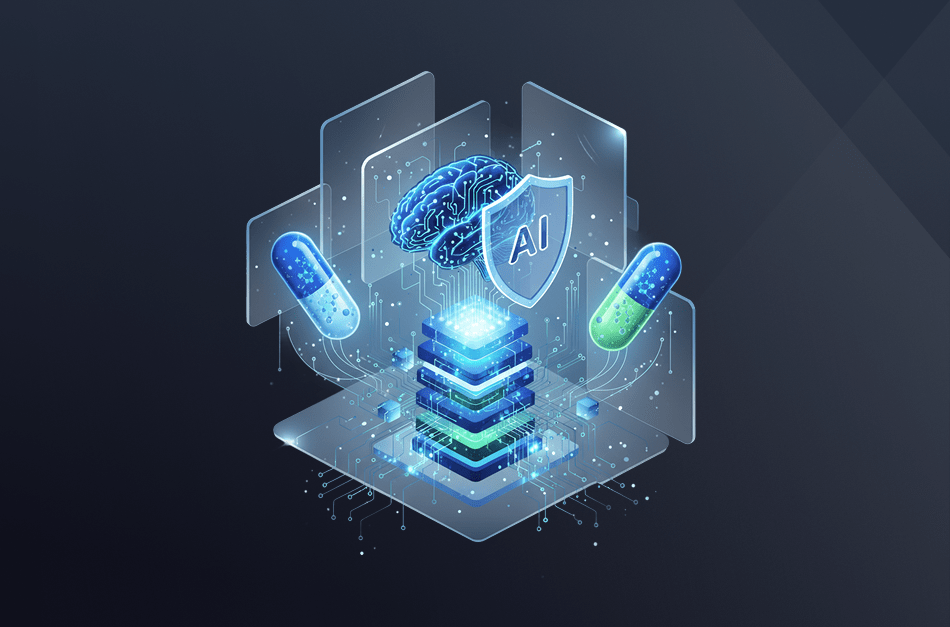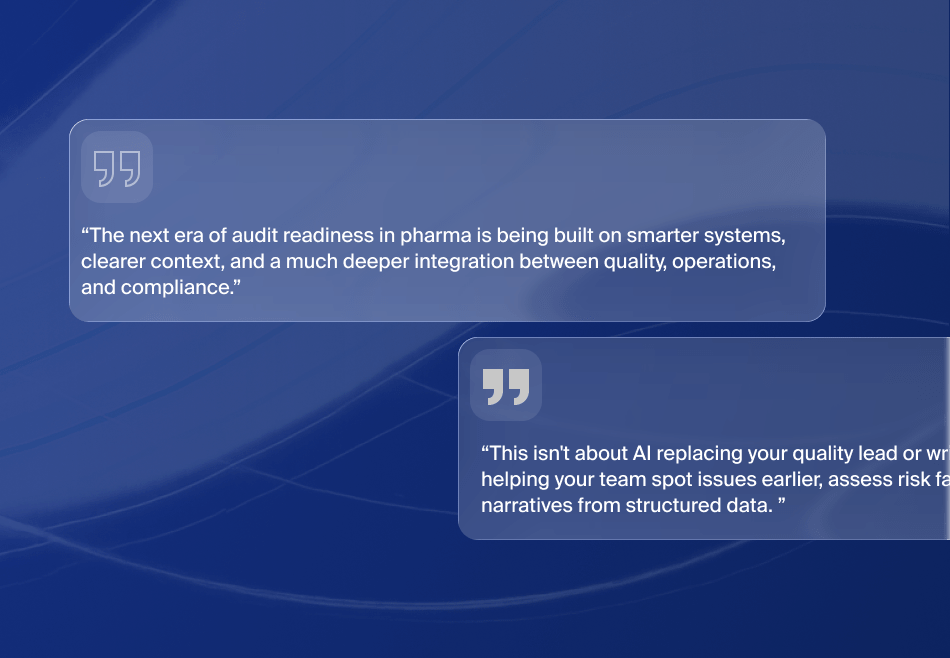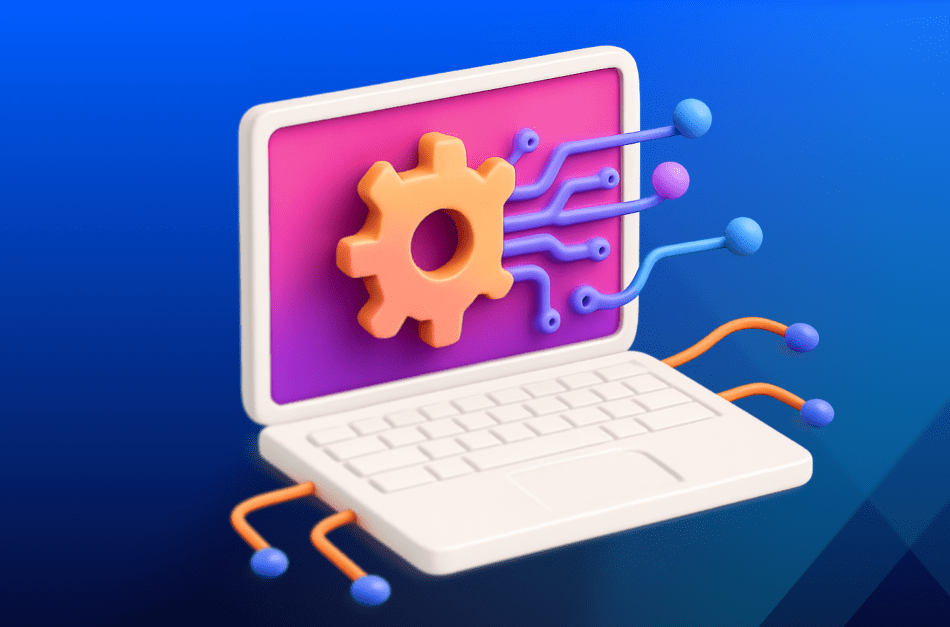At a Glance
- Investing in an effective ERP solution today is essential for the smooth operation of any business.
- A prediction by Statista estimates the global ERP market to grow to $28.8 billion by 2022 growing with a CAGR of 8%. cv
- Your ERP system manages various aspects of your business like materials, inventory, sales, distribution, and even your accounts, making it essential to focus on a smooth transition from legacy systems to the cloud.
- As there is so much sensitive data hosted on the cloud, the transition from on-premise systems to the cloud should be done carefully, taking several factors into consideration. Steps taken to ensure a smooth transition can range from prioritizing applications to the geographical constraints and regulations put on data sharing.
- According to a prediction by Dell, companies that invest in big data, cloud, mobility, and security tend to see a 53% revenue growth as compared to their competitors.
Investing in a good ERP system is the biggest responsibility for any company. Choosing the right ERP system is not only a huge financial responsibility but as large companies like Oracle and SAP announced plans to phase out support for the older versions of their ERP software, business executives everywhere are forced to rethink their own ERP strategies.
What today’s companies need instead of just a flexible system is one paired with rapid responsiveness to customer needs and which can lead to increased business opportunities. The next generation of ERP implementation strategies is likely to have a smaller core of critical business processes and easily manageable connections for industry data that lives on the cloud including third-party solutions.
According to Statista, the overall ERP market is expected to grow to $28.8 billion by 2022 depicting a compound annual growth rate of 8%. Companies are rapidly moving from legacy systems to the cloud to reap its benefits. In fact, a recent report by SelectHub showed that the global cloud market is expected to reach $411 billion by 2020.
ERP in Core Operations Management
An ERP software manages essential information for different departments of a company. They provide software assistance in most areas like –
- Materials and Inventory: Managing stock levels, material requirements, and vendor requirements.
- Manufacturing and Assembling: Helping in planning, scheduling, and forecasting production and material requirements.
Figure: 1Must-Have ERP Modules
- Sales and Distribution: Ensuring real-time data tracking for increased visibility on customer orders and distribution requirements.
- Accounting: Managing essential back-office processes, tracking all transactions, and supporting financial reporting.
Most companies need stable and multitask-capable systems to work on to meet the needs of their customers at a faster pace to stay at par with the competition. The only real solution is to adopt a legacy system replacement strategy using flexible microservices which can offer a competitive advantage.
Enterprise Resource Planning – On-premise and cloud
Currently, most ERP systems run on either on-premise or private clouds. According to a report by Panorama in 2018, 15% of companies use on-premise ERP solutions, 64% of companies use SaaS whereas 21% use cloud-based ERP solutions. On the other hand, in the year 2017, 67% of companies used on-premise ERP solutions, 6% used cloud and 27% used SaaS.
Figure: 2On-premise vs Cloud
The rapid increase in cloud solutions adoption shows that companies are slowly becoming comfortable with moving to the cloud and working on cloud-hosted systems. Cloud computing makes it much easier for vendors to deploy rapidly changing technologies using the internet of things (IoT), artificial learning, machine learning, and data analytics to keep their systems updated. This is the paramount reason for the cloud to dominate in the future. As and when this happens, the cloud will not only provide you efficiency and deliver valuable insights but will also enhance predictability.
This is not an overnight change because customers and users take time to mature and invest in current systems, the change is yet inevitable.
Steps to take before embarking on ERP modernizing journey
Moving to the cloud is a big step which means certain things should be done very carefully –
- Prioritizing applications – Separating applications that help in business expansion and staying on par with the competition is essential. Applications like email, messaging, calendars, and other Office-supported apps are lower priorities compared to other business-critical software. Companies can make do without these less important apps for short periods. This helps in gaining a clearer understanding of which apps should immediately be moved to the cloud and which ones can wait.
- Workload levels and demand levels – As many see the cloud as a solution for applications with major shifts in demand, public clouds offer increased server support when required. Running workloads with rapidly changing demand on the cloud increases efficiency and increase the financial support offered.
- Importance of customization – When considering a shift to the cloud, workloads which require customer architecture require customization if performance is heavily dependent on a specific configuration. In cases where your internal organization has limited features and configuration capabilities, the cloud helps by increasing flexibility and provides resources necessary to identify workloads for optimal conditions.
- Geographical and regulatory variables involved – Regulations can complicate your data framework immensely. Hybrid architectures help you successfully host your sensitive data and alleviate these challenges. Understanding these hurdles beforehand can save a lot of time and money. The regulatory requirements in different geographical areas also play a key role in moving data to the cloud. The broad presence of the cloud gives you the redundancy, content delivery network (CDN) capabilities and supports customers at any location that they access the data from without any additional costs. This also helps you by easing the complexity of operating geographically dispersed on your own.
- Security threats – Security is a focus point for both private cloud providers and ERP software. Cloud providers operate at a larger scale, with increased security experts on staff and more experience protecting tenant data from new threats. When transitioning to the cloud, conducting a thorough assessment of both existing vulnerabilities and potential risks associated with service provider facilities before making your decision is extremely essential.
Better performance with modern ERP systems
Following the steps above can help companies go on to transition from their on-premise software to the cloud. They can effectively plan to modernize their ERP and transform their organizations. The experience of leaders who have been a part of such a transition shows that effort leads to significant gains including better and more secure access to data and increasingly efficient use of resources at reduced operational costs.
One particular benefit was seen by an industrial company with operations spread across the globe. They aimed to reduce operational costs by improving performance. They planned to do this by effectively managing their financial transactions. The easiest solution to this was to improve the connections between their ERP systems and the data being circulated both internally as well as externally. This in turn improved decision-making using automated data flows reducing the time that the company spent in gathering data and boosting the company’s financial intelligence.
Key Takeaways
No transformation of such a large scale can be easy or convenient. It’s not wrong to fear these kinds of transitions but it’s essential for companies to step up and take control so they can reduce their operational costs, increase connectivity and host sensitive data on more secure platforms. Moving data from on-premise software to the cloud can be made easy by answering the questions about the scope and nature of the upgrade. Adhering to a few simple and practical guidelines can also make this process simpler. Once this transition takes place, executives can manage the risks of modernizing their ERP solutions to gain a competitive edge in the market.
Thinking of restructuring your ERP strategy to boost your bottom line? Get started with XcelPros!
